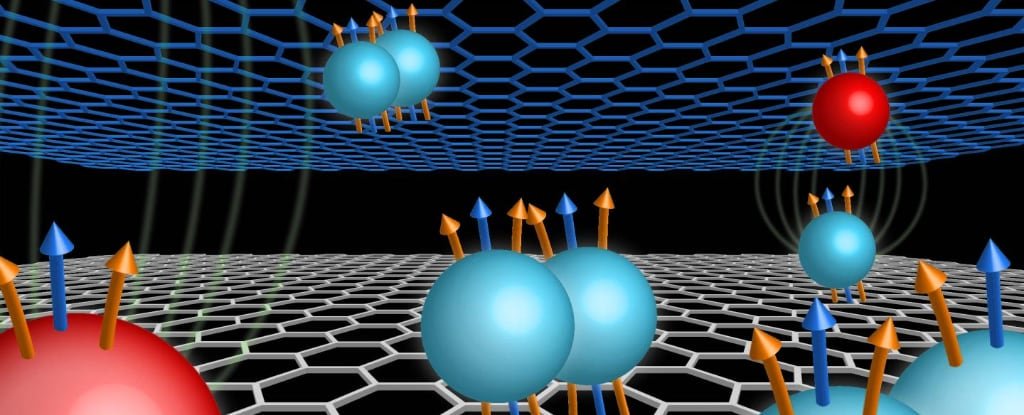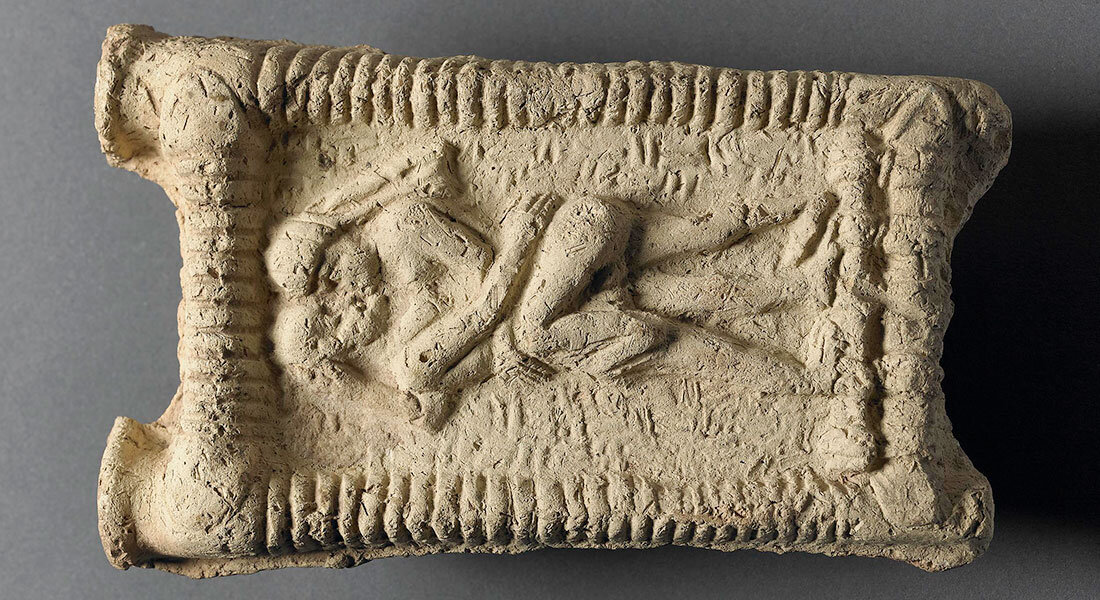Graphene is indeed a “wonder material”. It is ultra-lightweight, extremely flexible, super thin, good conductor and yet 200 times stronger than steel. It has emerged as one of the most promising nanomaterials due to its unique combination of properties.
In a revolutionary study, researchers from Brown and Columbia Universities have found that when graphene is assembled in double-layer stacks, the proximity produces new quantum states that haven’t been observed before.
These new states are the result of the complex interactions of electrons both within and across graphene layers. These states are known as the fractional quantum Hall effect.
Discovery of these new quantum states is a remarkable achievement
Physicist Jia Li from Brown University, said, “The findings show that stacking 2D materials together in close proximity generates entirely new physics,”
“In terms of materials engineering, this work shows that these layered systems could be viable in creating new types of electronic devices that take advantage of these new Quantum Hall States.”
This research could play an important role in the development of quantum computers
Jim Hone, professor of mechanical engineering at Columbia University, pointed out that these new Quantum Hall States “may be useful in making fault-tolerant quantum computer.”He added, “Of particular interest are several new states that have the potential of hosting non-Abelian wave functions — states that don’t quite fit the traditional composite fermion model,”
According to the press release, in non-Abelian states, electrons remember their past positions in relation to one another, this property could show the way to the creation of quantum computers that don’t require any error correction.







